What's this new car all about then?
Terramar is a new model name for Cupra in New Zealand, although it’s not in entirely new territory for the brand. Essentially, it’s a replacement for the Ateca mid-sized SUV, although the local Cupra team seem to be avoiding mention of that model at all costs.
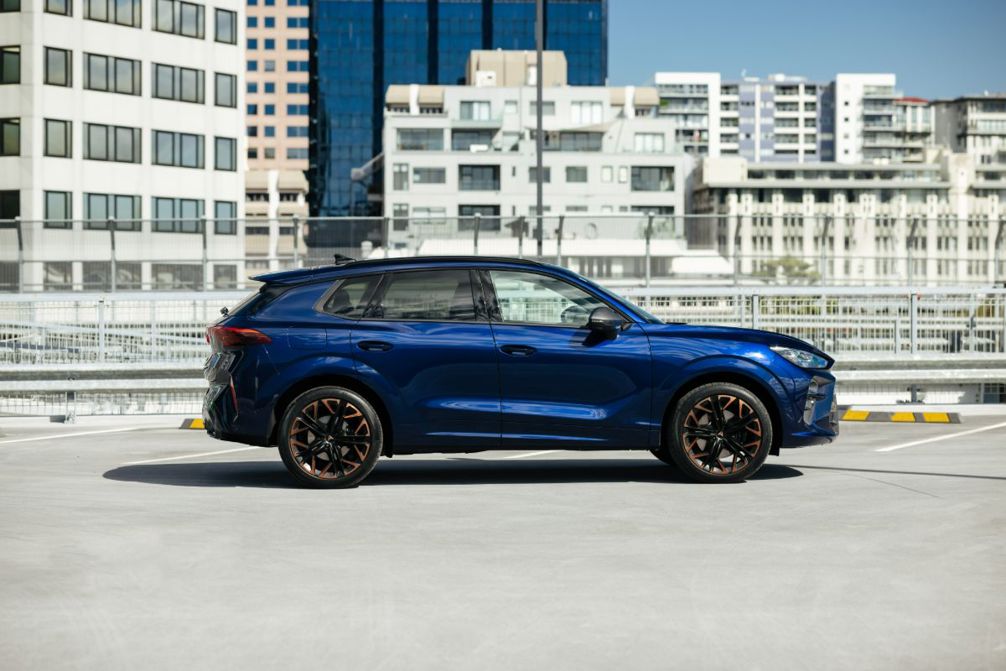
Perhaps that’s because it muddies the waters a bit. The outgoing “Cupra Ateca” was only available in high-performance VZ specification; you have to go back to the days of the “Seat Ateca” (the brand has since transitioned completely to Cupra) to find a broader range, and that’s delving a bit too far back into previous lives. Potentially confusing.
Among medium SUVs, the new Terramar certainly has sporty aspirations, but it’s also available in quite a wide range: 4 different models with 4 different powertrains.
Cupra NZ general manager Luke Meurant says Terramar is the “big one” of its 4 core models (the others are Formentor, Leon ST and the forthcoming Tavascan EV): “It gets us into a new conversation, with a proper full-sized product.”
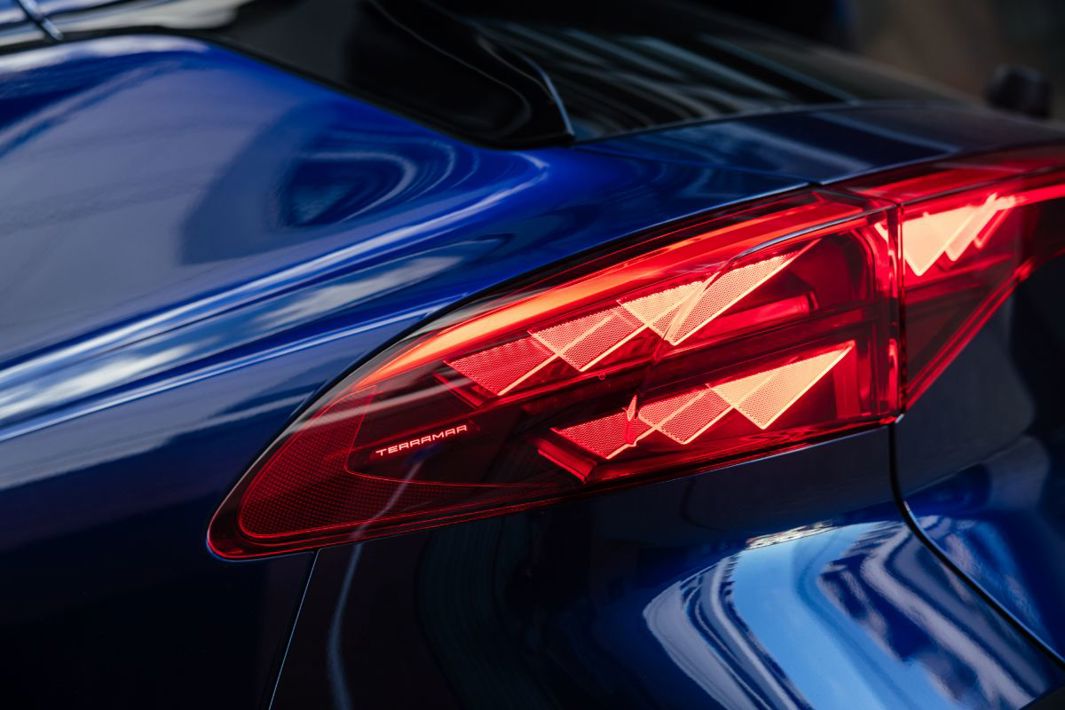
The powertrains will be mostly familiar if you’ve read our Formentor facelift story. The entry V has a 1.5-litre mild hybrid with 110kW/250Nm, while the V 4Drive (a model not continued in the new Formentor range) picks up a 150kW/320Nm 2.0-litre.
Terramar is the “big one” of Cupra's 4 core models; the others are Formentor, Leon ST and the forthcoming Tavascan EV.
The e-Hybrid has Cupra’s new 1.5-litre plug-in hybrid electric vehicle (PHEV) powertrain that offers a combined 150kW/350Nm, but also 100km EV range. It can be powered up with either AC or DC inputs; the latter gives you 80% charge in 20 minutes on a public station.
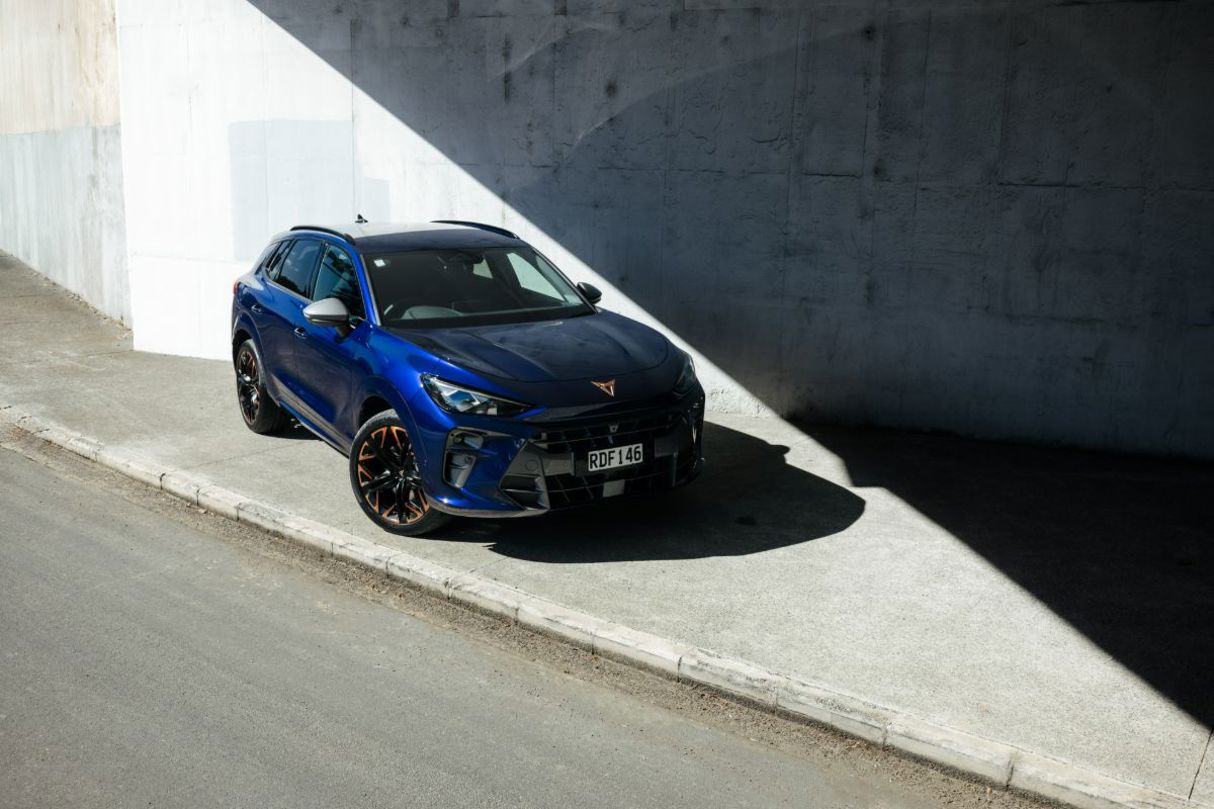
The same powertrain is available in Formentor, but to special order only; for Terramar, it’s part of the mainstream range.
Clearly, even the entry model is positioned above the medium-SUV mainstream. And there’s still plenty of potential to personalise the specification.
PHEVs are still not firing with the Kiwi public (5.6% of the market year-to-date), but Cupra NZ reckons Terramar has potential with senior fleet users thanks to its very low CO2. In fact, it’s already taken an order for 15 Terramar e-Hybrids from one company.

The flagship VZ is powered by an uprated version of the 2.0-litre, although it’s 195kW/400Nm rather than the 245kW/420Nm of the Formentor VZ. That’s basically down to Volkswagen Group logistics; the smaller performance cars on the MQB platform like Formentor VZ, Audi S3 and VW Golf R get the 245kW tune, while the larger SUVs like Terramar VZ and Tiguan R-Line AWD get 195kW. Terramar and Tiguan are pretty much twins under the skin of course, although each has its own styling and dynamic tuning differences.
The V remains a surprisingly sprightly and engaging machine despite modest power outputs; but the VZ is a major step up.
The dashboard features a lot of the stuff introduced on the updated Formentor, including the steering wheel satellite controls for start/stop and drive modes as standard across the range, and Cupra’s new 12.9in infotainment screen - derived from the latest VWs, but with Cupra-specific layout and graphics.
How much is it?
The Terramar V opens the lineup at $70,500; that’s front-drive. You can step up to the V 4Drive for $81,900, which is a big leap, but adds the bigger engine and AWD. The V e-Hybrid (FWD again) is $87,900, while the $91,900 VZ is top-Terramar.
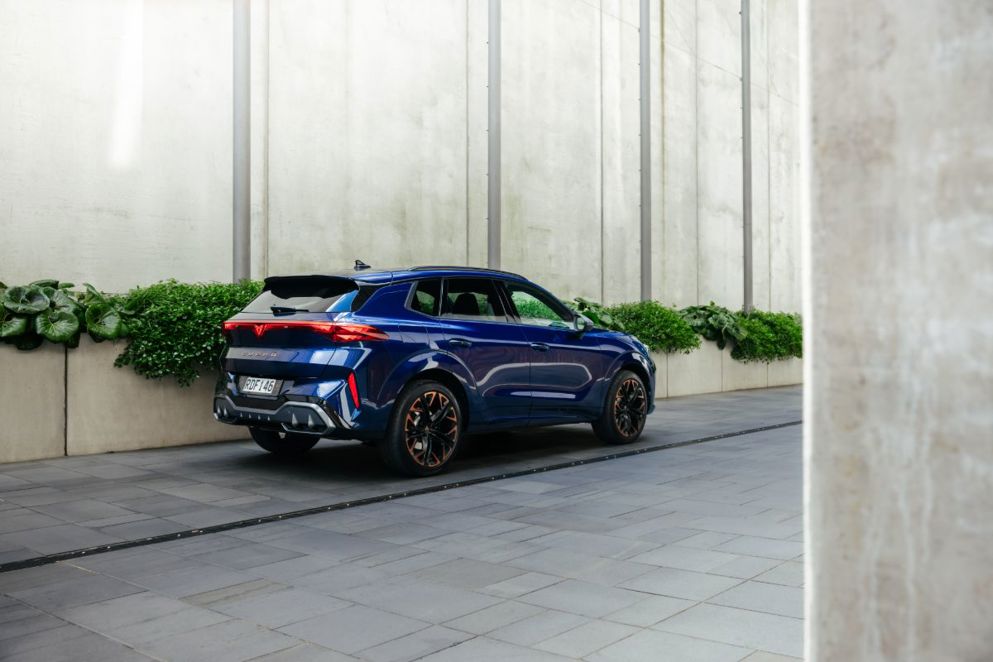
Clearly, even the entry model is positioned above the medium-SUV mainstream. And there’s still plenty of potential to personalise the specification. Cool lighting is a Cupra thing and optional on all models is a high-definition (HD) matrix intelligent headlight package that can project warnings on the road ahead (a snowflake for cold weather, a coffee cup for driver-fatigue, for example) or enhance illumination on specific sections of road when required. It also projects a Cupra animation on startup and shutdown.
The HD lights are $3500 as part of a technology bundle with dynamic chassis control (DCC) adaptive suspension on all three V-versions, or $2000 for the VZ… because it already has DCC.
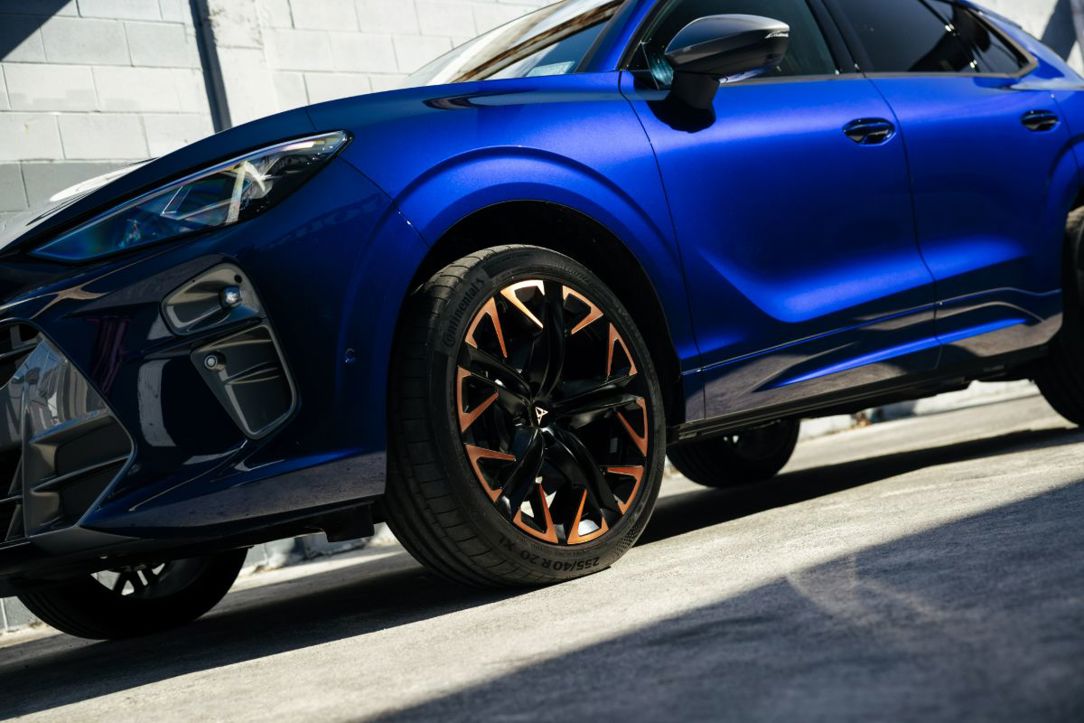
Unlike Formentor, special paint colours like Century Bronze and Enceladus Grey are not limited to the VZ but available right across the range ($4000); ditto for copper-accented wheels, which can be optioned on any version in the standard Terramar 19in size ($800-$3000 depending on model), although the 20in wheel options (copper or not) are exclusive to the VZ.
By the way, Cupra NZ is sparing a thought for you Formentor V buyers; it’s looking at making copper wheels available as an option on 2026-model cars, although as with Terramar they’ll be in a smaller size than the VZ.
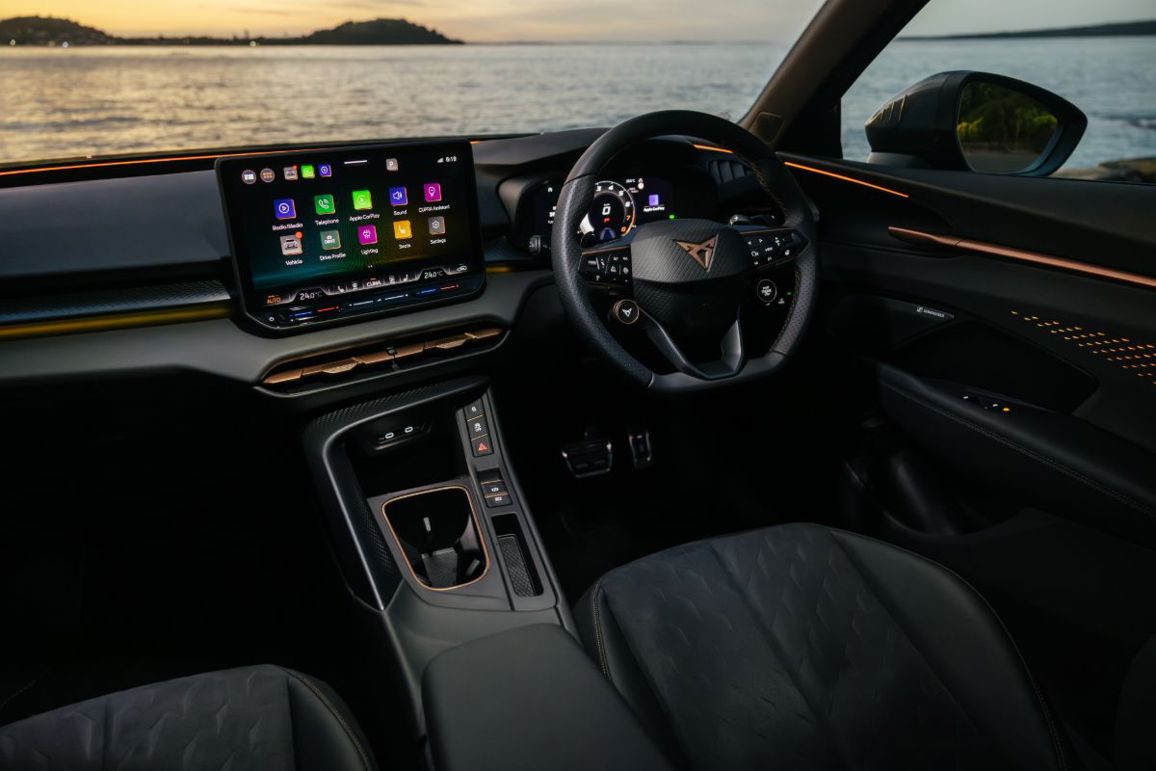
There are a few Terramar upholstery options, too. Deep Ocean (with copper stitching) is the standard fabric on the Terramar V. Moon Light is the Dinamica/vegan leather option: $2000 on all models (it also brings bucket seats with heating and power adjustment) except the VZ , which has it as standard.
The only true leather available at launch is High Canyon, which might be for the brave because it comes only in burgundy (go on, you know you want to); Cupra says a genuine-leather Moon Light upholstery is potentially on the way for 2026.
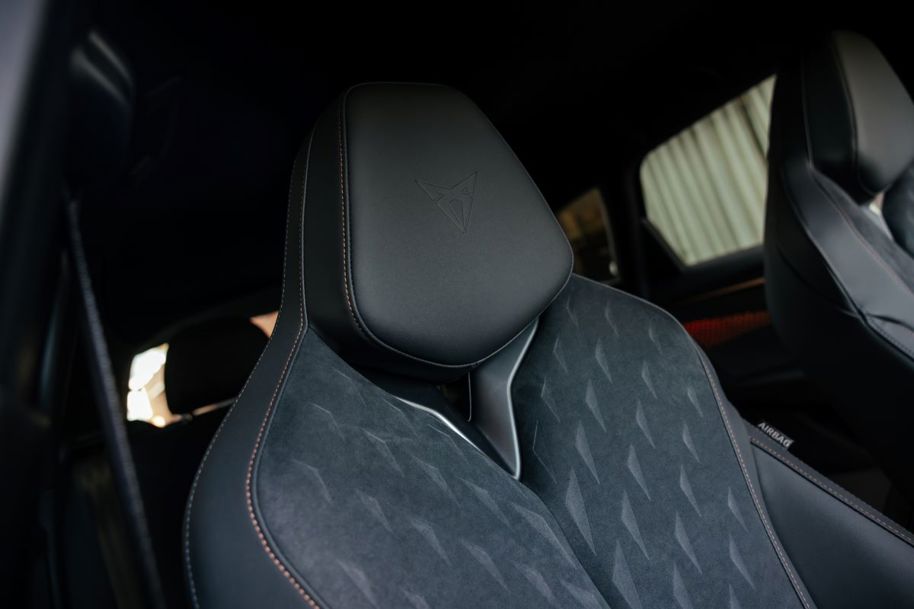
The grunty Immersive by Sennheiser 12-speaker audio system (including sub) is standard on VZ, but you can add it to the other models for $1300.
Terramar is the first Cupra to have Traffic Sign Recognition (standard) and the first available with a head-up display - a $1300 option, but you need to also have the Moon Light or High Canyon seating package.
What's it like to drive?
Cupra NZ did something a bit different and invited a media group for a night drive of the Terramar; similar to the kind of thing we did with Jaguar a few years back. We haven’t showed you a lot of that in the pictures because, well, it was dark; we thought you’d rather see the car.
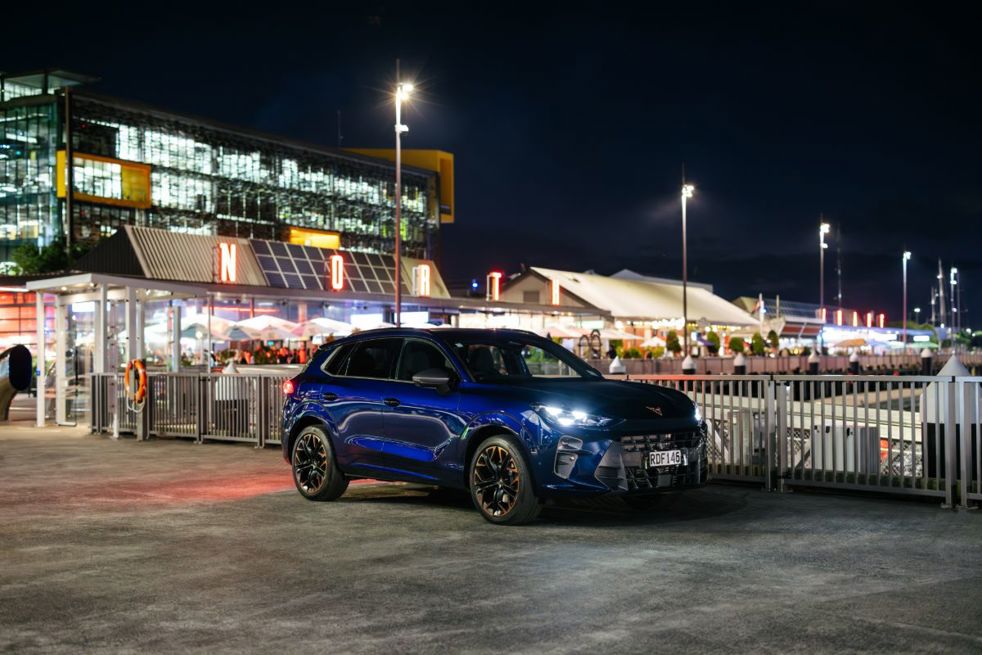
But we drove around the Auckland inner-city and out west, swapping between the V and VZ. The V 4Drive and V e-Hybrid are still on the way to NZ, so we’ll get to those at a later date.
Very different cars of course, although the gap between the two is not as vast as it is with Formentor. The V remains a surprisingly sprightly and engaging machine despite modest power outputs; the VZ is a major step up.
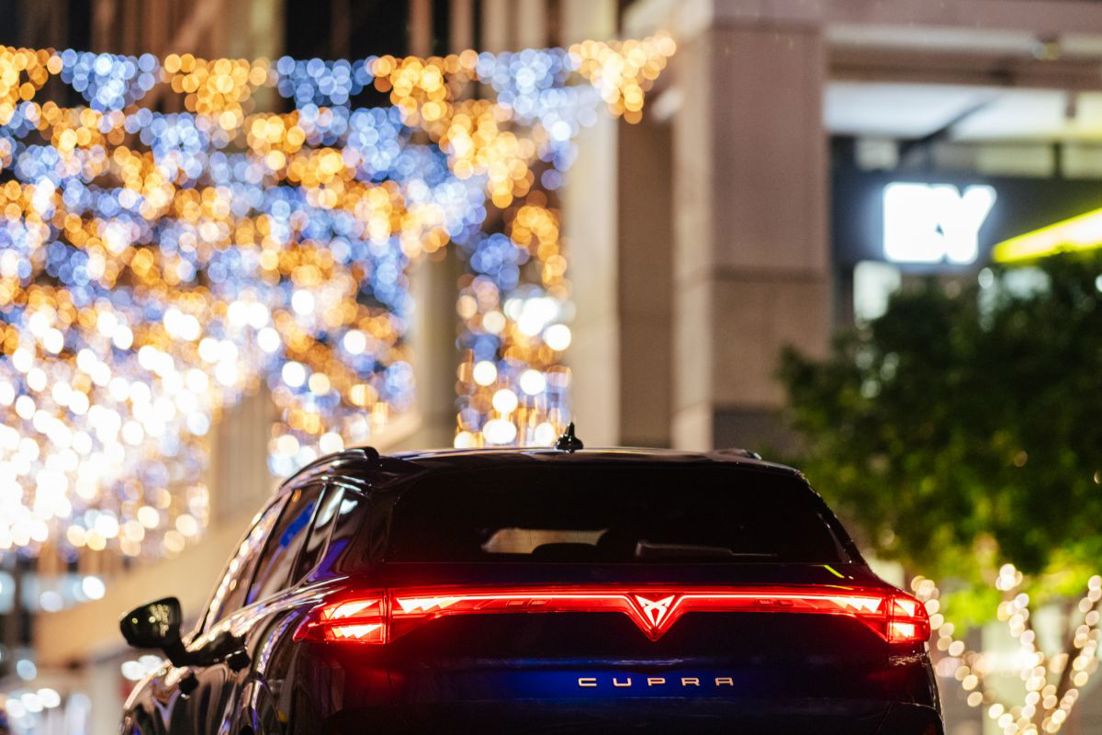
However, it’s much less aggressive than the Formentor VZ and it’s not just down to having less power. You still get a shot of “Cupra” mode with a long press of the drive-mode button (only with VZ and V e-Hybrid), but the enhanced growly engine noise is much less prominent and the transmission doesn’t have the “S+” calibration of the Formentor, meaning you can actually drive the Terramar VZ in full Cupra-mode on normal roads without extreme powertrain antics.
Makes more sense for a family SUV of course, although you might be disappointed if you were planning to take said family SUV to a track day. No? Okay then.
A proper open-road drive will have to wait, but it seems like Cupra is staying on brand by making its family cars fun to drive.
What’s the pick of the range?
We’re intrigued to try the rest of the range, but on the basis of our moonlit-outing the VZ more than justifies its $20k price premium, given it’s still very usable in max-attack Cupra mode.
But it’s worth noting that if budget dictates the V, it’s still fun and the overall specification (especially safety equipment) is similar to the more expensive model.
What other cars should I consider?
Cupra prides itself on being outside the mainstream, so it’s not always easy lining up direct rivals. The obvious one is the VW Tiguan because it’s on the same platform; it's also quite a bit cheaper than the Terramar ($55,990-$81,990 versus $70,900-$91,900), although the VW doesn’t offer the mild hybrid 1.5-litre or 4Drive 2.0-litre powertrains.
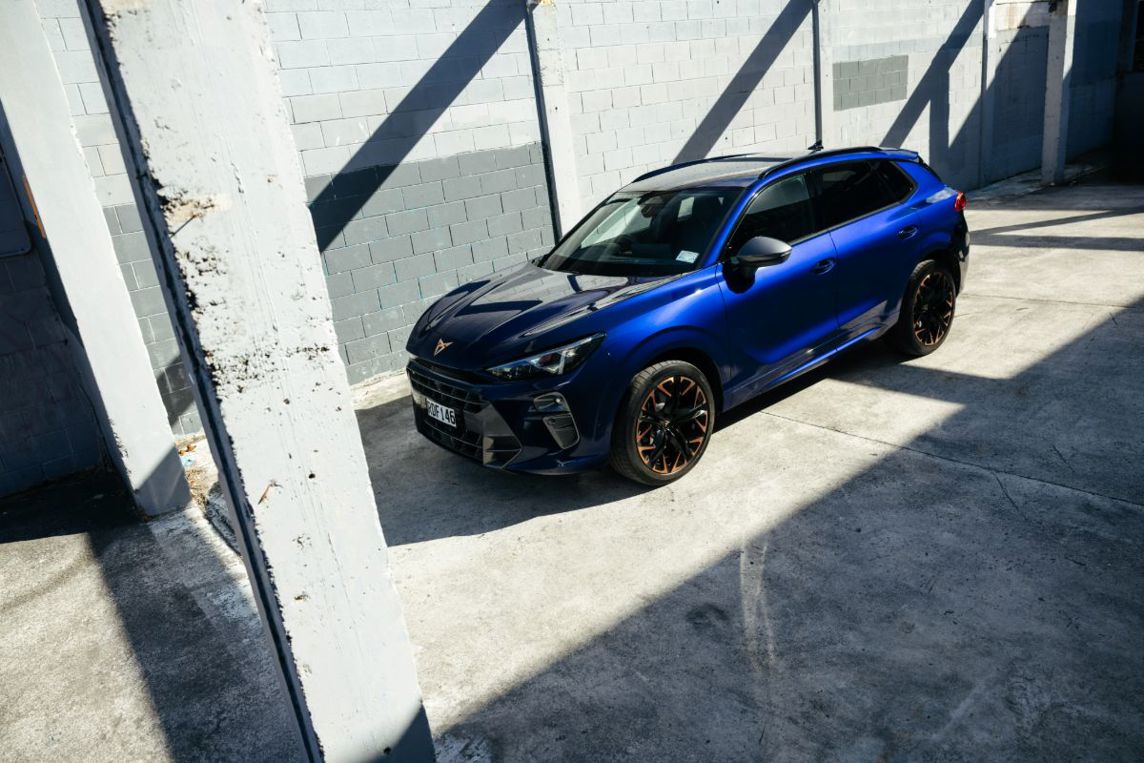
The Tiguan R-Line AWD does have the same powertrain as the Terramar VZ. But it’s fair to say Terramar looks and feels quite a bit fancier than Tiguan in all its forms.
Regardless, Meurant says customers aren’t really coming from Tiguan, despite the close connection: “It’s a really broad group, a real mix. That suits us because we don’t feel like we’re being pushed into a certain position in the market.
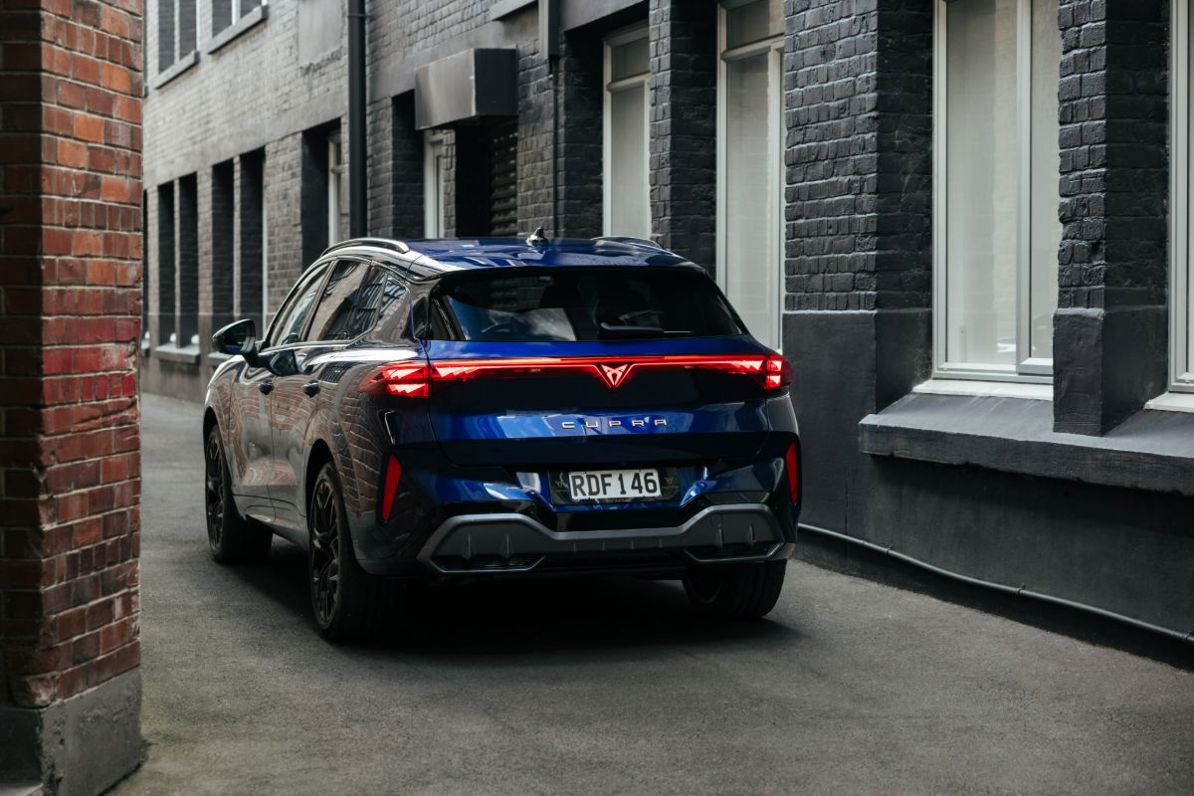
“We see ourselves as more premium than mainstream competitors [in which he includes the likes of Hyundai, Skoda, Subaru and Toyota] but also we feel we’re a bit more accessible than those traditional premium brands [Audi, BMW and Mercedes-Benz]."
Terramar, by the way, is land ("terra") plus sea ("mar"); a reference not only to a seaside suburb of Barcelona but also the Autòdrom de Sitges-Terramar circuit, built in 1923 and one of the first racetracks in the world.



















